Blue belt zones to protect minke whales
- Published
- comments
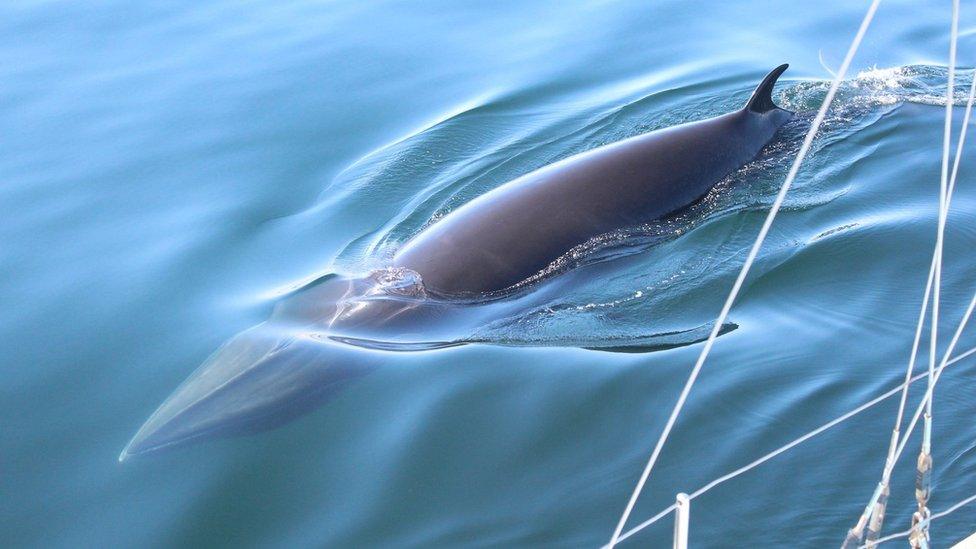
The nursery grounds used by minke whales to feed and rest will be protected
Special protections are planned for minke whales and basking sharks in their feeding grounds around Scotland.
A consultation has been launched on creating four new Marine Protected Areas (MPAs) covering 5,000 square miles of sea.
The Scottish government said the proposals were a world first and would also protect Risso's dolphins and a wide range of other biodiversity.
The Whale and Dolphin Conservation charity said it was "delighted."
The proposed sites are at the southern trench in the outer Moray Firth, north east Lewis, the Sea of the Hebrides and Shiant East Bank.

What are Marine Protected Areas?
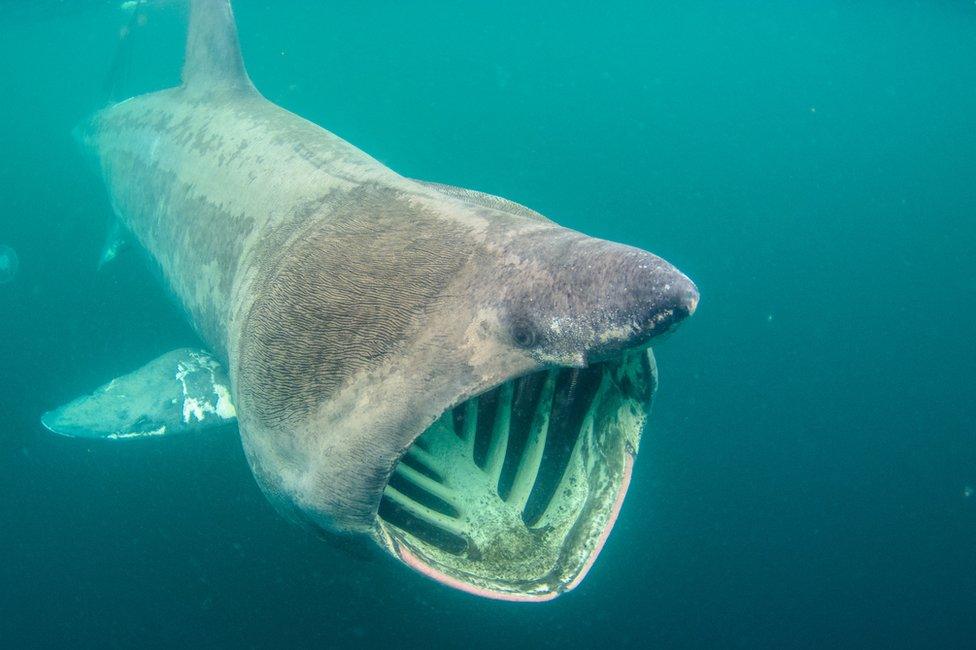
Basking sharks are the world's second biggest fish
MPAs are sometimes referred to as the "blue belt".
There are areas of sea in which species and habitats benefit from special protections such as prohibiting fishing or dredging.
The management of each zone differs depending on the requirements of marine life and local people, including fishermen.
The first modern day MPAs were introduced following the Marine (Scotland) Act of 2010.
There are now 231 - including historic ones - covering 22% of the seas around Scotland.
The Scottish government's aim is that by the end of 2020 Scotland's MPA network will be complete.

Additional protection

Rural Affairs minister Mairi Gougeon said the zones offered further protection
Details of the specific restrictions to accompany the proposed four new MPAs will be finalised at a later stage.
Rural Affairs minister Mairi Gougeon said the new MPAs would put further protections in place for some of Scotland's "iconic" species and habitats.
Ms Gougeon said Scotland's seas accounted for 61% of the UK's waters and were internationally recognised as being important for whales, dolphins and basking sharks.
Alison Rose, manager of WDC's Scottish Dolphin Centre at Spey Bay, said: "We can use Marine Protected Areas as a tool to control some of the activities that might affect the minke whales. So, things like noise pollution, possibly fishing activity.
"The southern trench is a very deep part of the sea and it's a nursery ground for lots of juvenile fish; so, things like sandeels, sprat and herring. All the kind of fish that minke whales like to eat.
"This population of minke whales travel here every summer, resting up and feeding on these juvenile fish."

Risso's dolphins is another of the species to be protected
The Sea of the Hebrides MPA is the largest of the four planned MPAs.
As well as protecting minke whales and basking sharks it covers sea features known as "fronts."
Fronts are created by nutrient rich water mixing with the shallow warmer sea and are areas of high productivity which create feeding grounds for many predators.
Shiant East Bank in the middle of the Minch is home to spone habitats and sea fans, a variety of coral.
The north-east Lewis MPA is a good area for Risso's dolphins and sandeels.
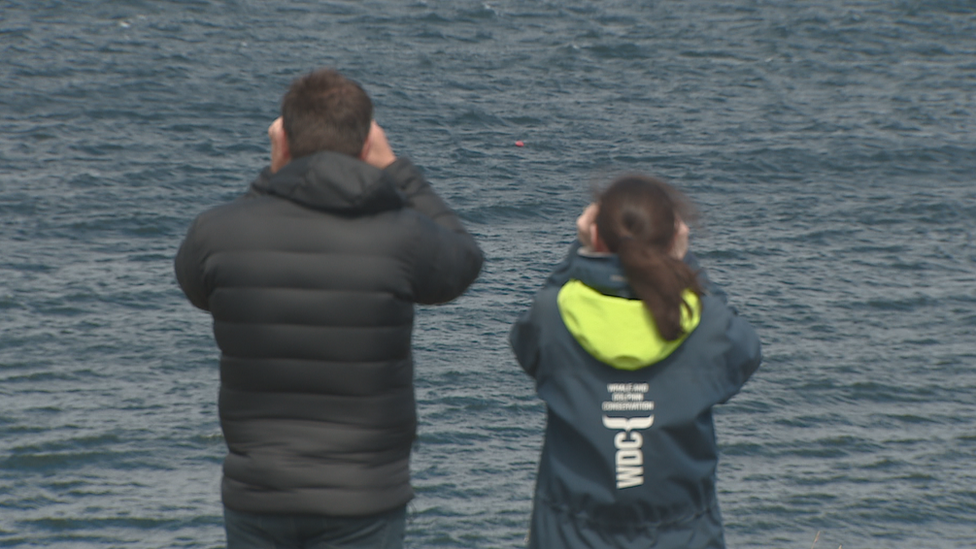
Despite being under no threat globally, minke whales face danger from ocean noise, pollution and entanglement in fishing gear.
In some parts of the world, including Norway, they face an additional risk from the whaling industry.
Katie Gillham, head of Marine Ecosystems at Scottish Natural Heritage, told BBC Scotland: "We're hoping that what we can do with Marine Protected Areas is address any of those threats and ensure that any of those declines are halted.
"In some cases we've got evidence with MPAs that the decline is reversed so you've got healthy, thriving populations."
There have been concerns expressed about the effectiveness of MPAs and the limited enforcement capability of Marine Scotland.
Phil Taylor, from Open Seas, said: "Although, on the face of it, this is step forward, the majority of Scotland's existing MPAs deliver no form of protection whatsoever and these sites must not fall into the same trap.
"We need to ensure that lines are not just drawn on maps to greenwash problems and give an illusion of environmental protection."
- Published5 March 2019
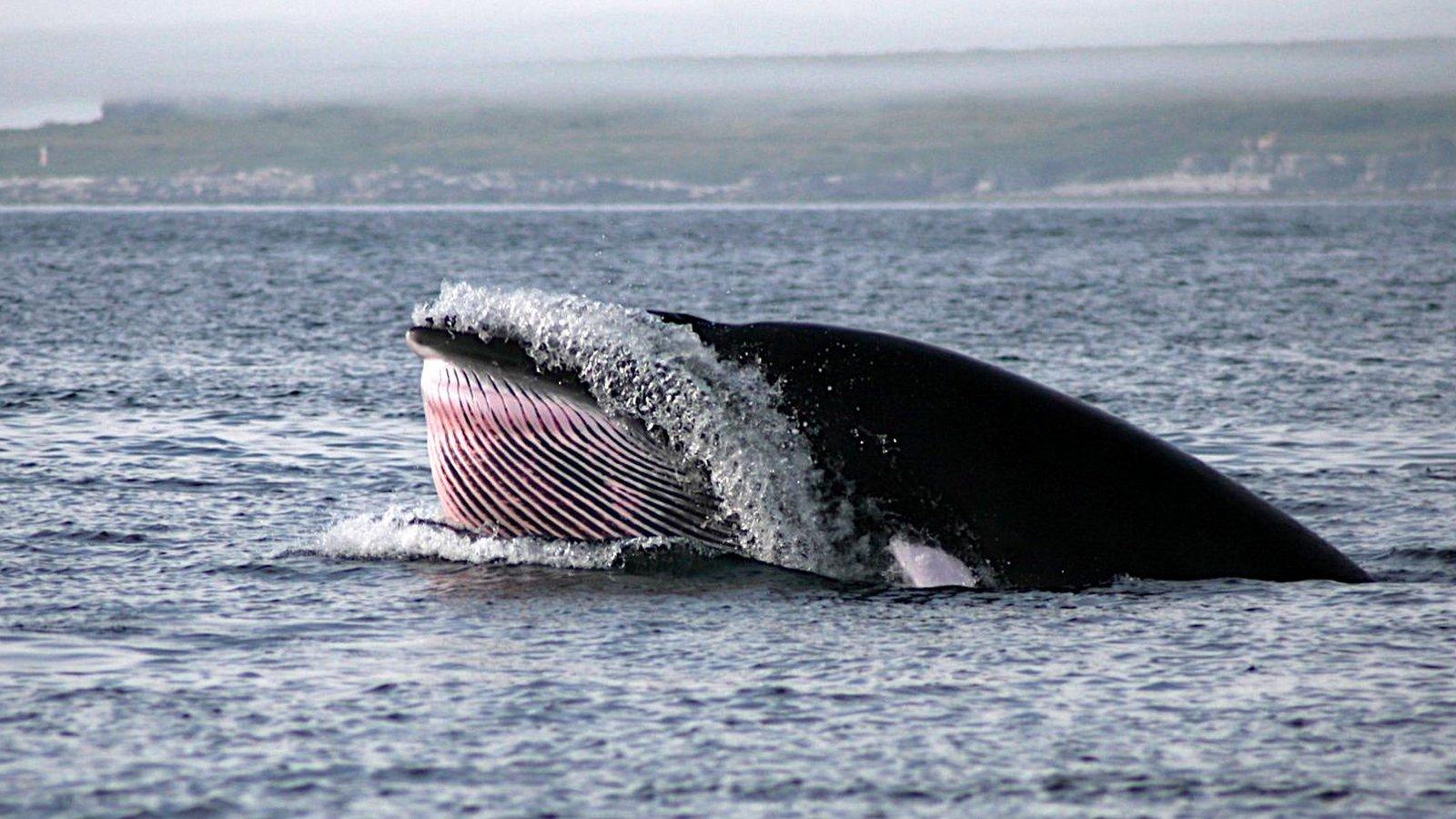
- Published5 November 2015
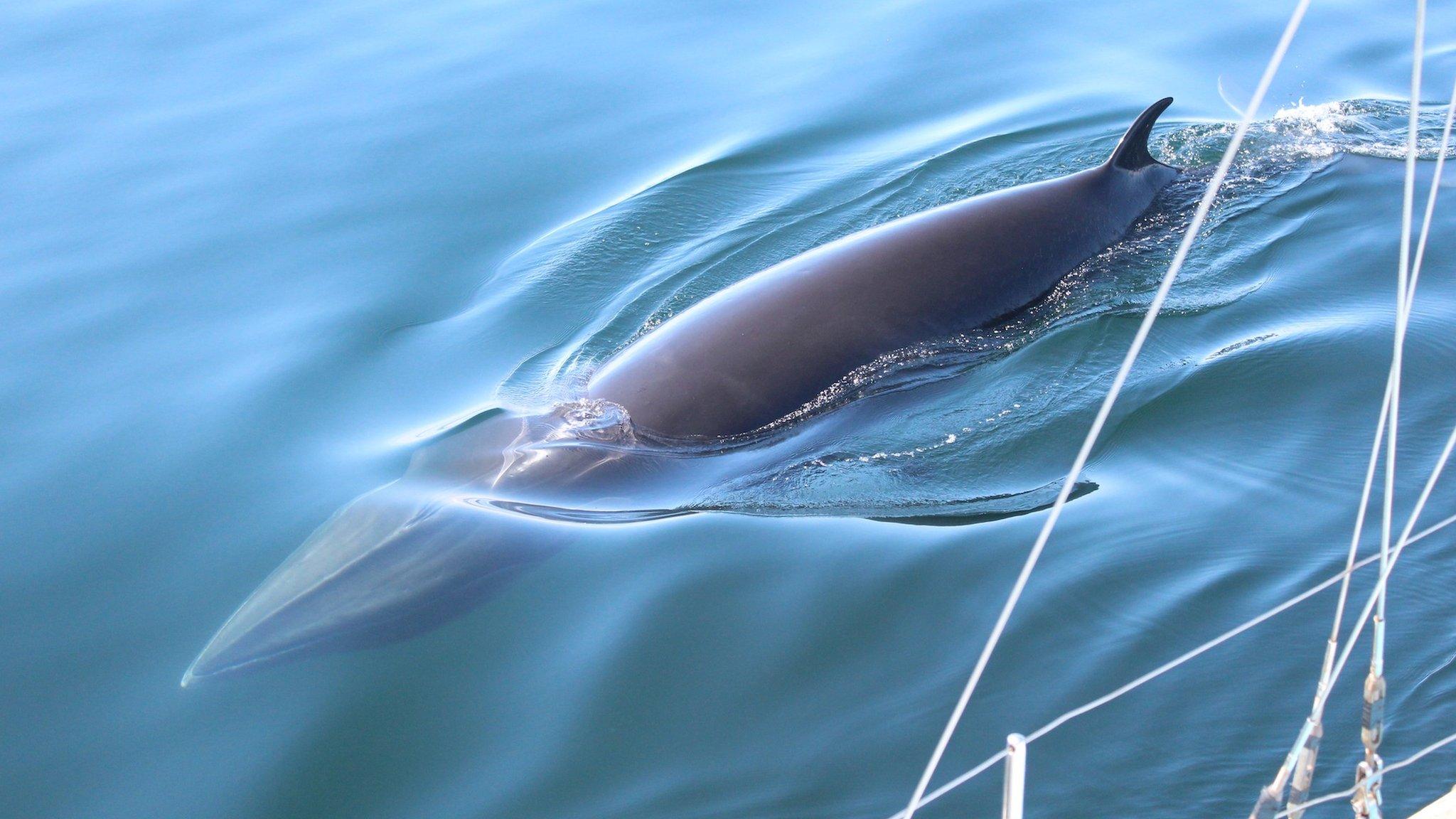
- Published21 December 2015
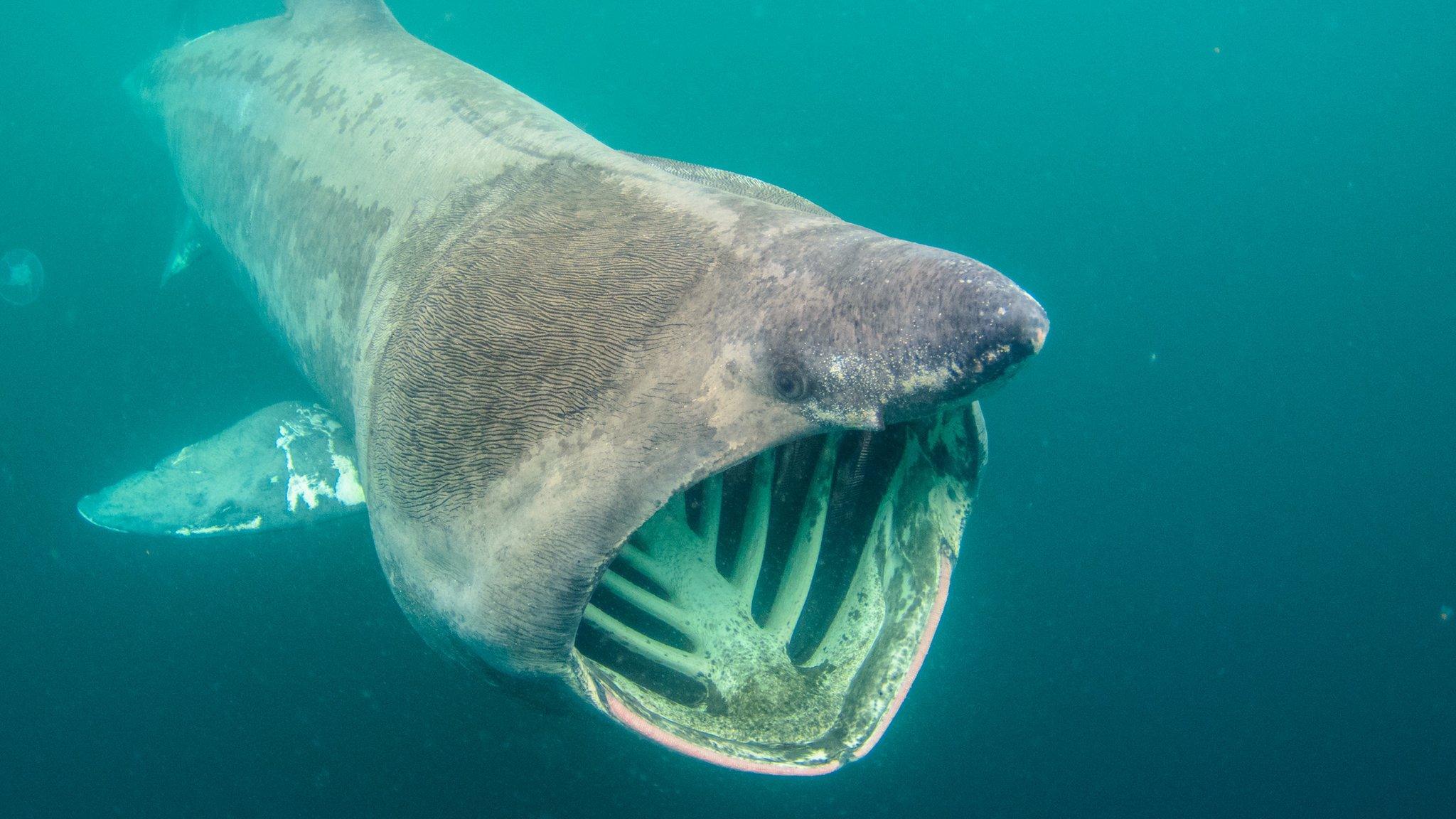
- Published30 May 2019
